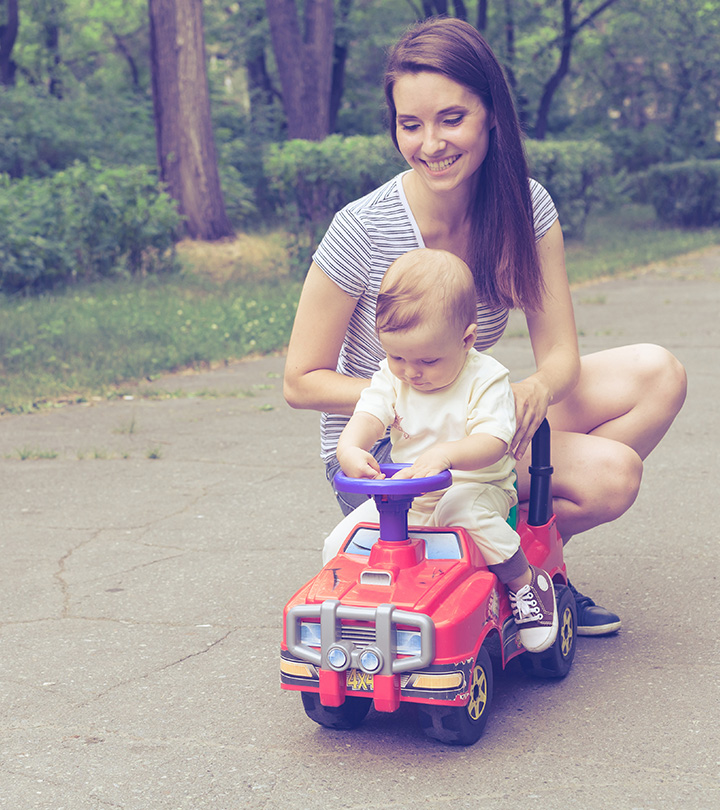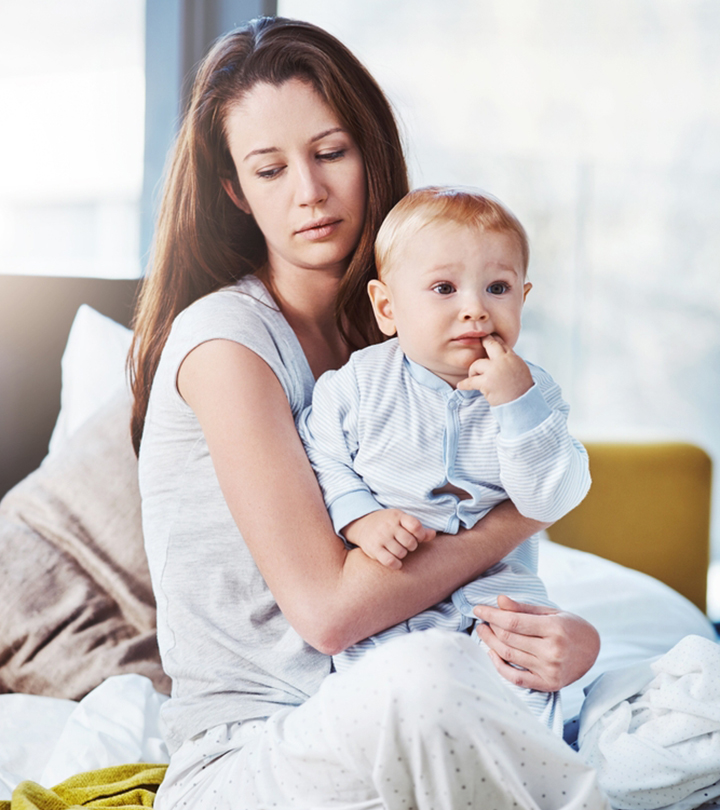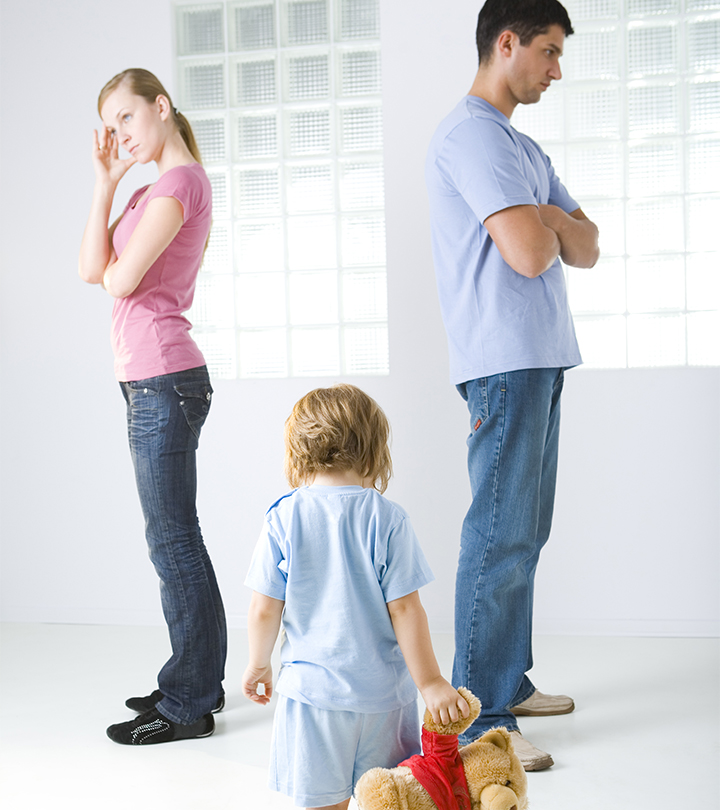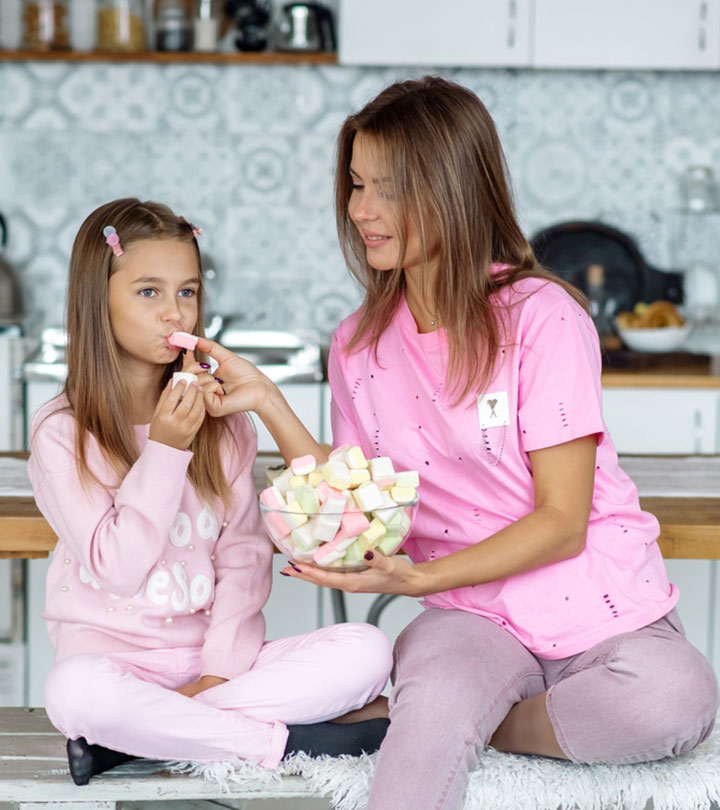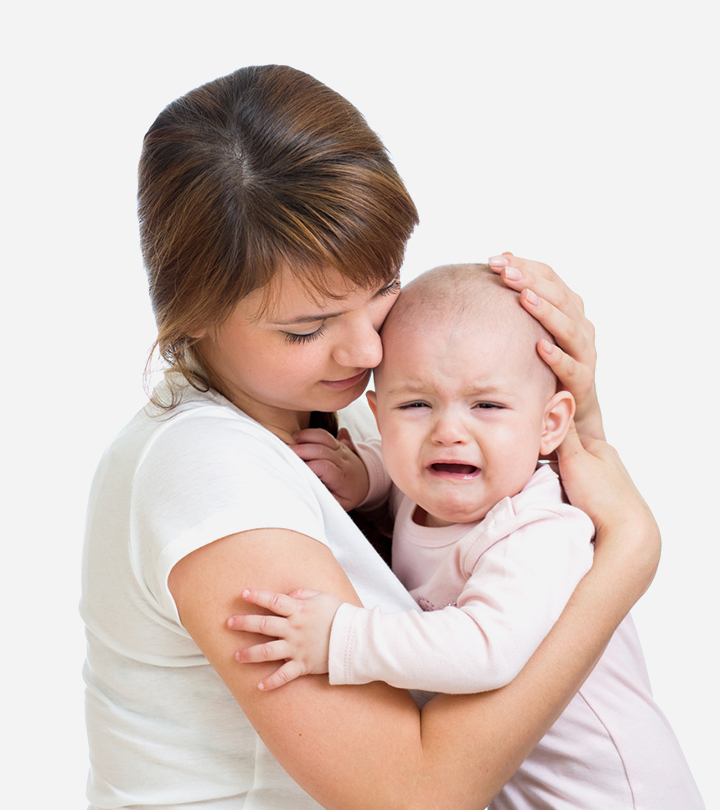
Image: Shutterstock
The weeks between ovulation and pregnancy test can be stressful since Premenstrual syndrome (PMS) symptoms can be very similar to those of early pregnancy. PMS symptoms can occur around one-two week before periods begin and stop when your periods start (1). While most symptoms are similar, a few differences exist, which often vary in women.
Symptoms common to both include cramps or breast tenderness, while nausea, vomiting, or bleeding are typical signs of pregnancy only and do not occur during PMS (2). Whether you’re planning to get pregnant or not, knowing the differences can save you much anxiety. If you’re curious, here are the differences you should be aware of:
1. Breast Pain
Image: Shutterstock
PMS: In the second half of your menstrual cycle, breast swelling and tenderness is expected when you PMS. Breast tenderness and dull or heavy pain can range from mild to severe. Women in their childbearing years can experience these symptoms intensely. As the progesterone levels lower down, the pain usually subsides (3).
Pregnancy: Breasts during early pregnancy can be tender, sore, or swollen in the first two weeks after conception. This can last for some time since progesterone levels rise when pregnant (4).
2. Bleeding
Image: Shutterstock
PMS: You won’t notice bleeding or spotting. However, the flow could be heavier and can stay for a week or so.
Pregnancy: Implantation bleeding happens when the fertilized egg attaches itself to the lining of the uterus. Light bleeding or spotting that’s brown or pink is common. This happens around ten to fourteen days after you conceive and don’t usually fill tampons or pads. It’s shorter than a regular period (5).
3. Food Cravings
Image: Shutterstock
PMS: Your eating habits will change. There’s an enormous craving for sugars, carbohydrates, or salty foods (6).
Pregnancy: you can have a ravenous appetite for a specific type of food or become totally disinterested in eating (7). You could even avert certain smells and tastes, even those you loved before. You may develop eating disorders like pica. This is a condition where you compulsively indulge in foods with little or no nutritional value like chalk, mud, ice, paint flakes, among others (8).
4. Cramps
Image: Shutterstock
PMS: Cramps are common during PMS, especially 48 hours before your period begins. As your period progresses, the pain will slowly fade away and vanish by the end of your flow. After your first pregnancy, menstrual cramps become less intense, but some women complain of excruciating cramps as they enter menopause (9).
Pregnancy: Light cramping is common during early pregnancy. However, the cramps are mainly concentrated around your lower back or lower stomach (10).
5. Nausea
Image: Shutterstock
PMS: If your period is late, nausea or vomiting won’t happen. However, some women do experience digestive problems during PMS (11).
Pregnancy: The most common symptom of pregnancy is morning sickness. After you are pregnant, you may notice bouts of nausea which may or may not be accompanied by vomiting. Note that morning sickness doesn’t necessarily have to be in the morning hours; it can take place at any time of the day (12).
6. Fatigue
Image: Shutterstock
PMS: During PMS, fatigue or difficulty in sleeping is common (13). However, these symptoms generally go away once the period starts. Light to moderate exercises can help you sleep and reduce your fatigue.
Pregnancy: You can be tired when pregnant due to increased hormone progesterone levels. Also, during your first trimester, fatigue is more common. However, this can also continue throughout the pregnancy (14). Eat well and get good sleep to take care of it.
7. Mood Swings
Image: Shutterstock
PMS: It is also common to be experiencing mood swings during PMS. You may also have crying spells or anxiety. However, consult a doctor if sadness, hopelessness, irritability, or sudden outbursts persists even after a week or so (15).
Pregnancy: When pregnant, mood swings last till you give birth because of the turbulent hormonal levels. You’ll become more sensitive and emotional when you’re carrying a baby. At one time, you may be excited and overwhelmed, and at another, you could be downright depressed (16).
What Should You Do During The Two-Week Wait?
Image: Shutterstock
The chances of becoming pregnant are usually pretty low, depending on whether you are of childbearing age. If the symptoms of pregnancy are prominent, wait for the test results.
It’s a good idea to limit your alcohol intake and avoid raw or undercooked foods like eggs, poultry, and meat. If you’re planning to start a family, you may begin taking prenatal vitamins. As your baby’s brain and spine develop during the first four weeks of pregnancy, you must start taking the supplements to support the healthy growth of the fetus (17). Also, avoid intense physical training programs, which can put immense stress on your body and affect implantation. If you test negative for pregnancy, get your doctor’s advice to improve your chances of pregnancy in the next cycle.
When your body isn’t producing enough progesterone hormone levels, it can hamper your ability to maintain pregnancy. Can you add more such differences in PMS and pregnancy symptoms to the list? Do share your tips with us in the comments section below.









